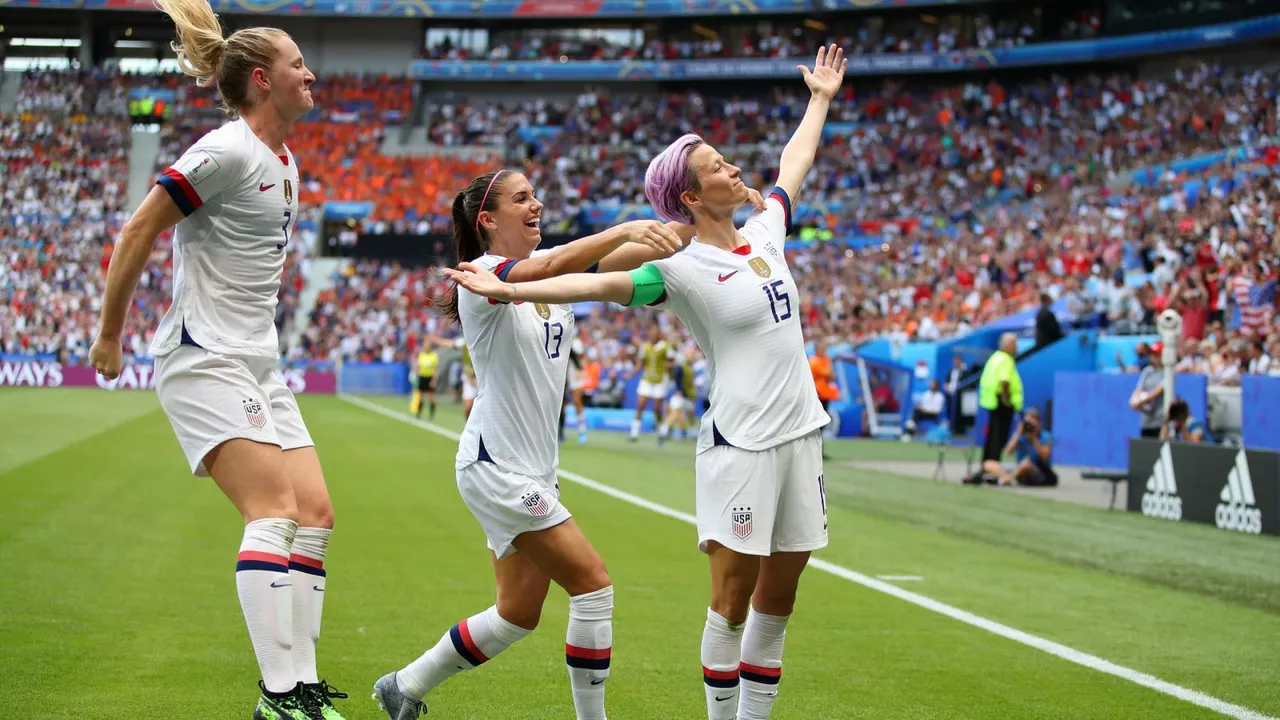Women and Soccer: Why Some Women Aren’t Hooked
Ever wondered why you see more guys in the stands than ladies? It’s a question that pops up a lot, especially when a big match rolls around. The truth is, there isn’t a single answer. Different things shape whether a woman likes soccer – from the games she played as a kid to the sports she sees on TV today.
Cultural and Childhood Influences
Most people start loving a sport when they watch it with family or friends as a child. In many households, boys get the ball first, while girls might be handed a doll or a dance class flyer. That early exposure matters. If a girl never kicked a ball in the backyard or watched a local match, soccer can feel like an outsider sport later on.
Culture also plays a big role. In some countries, women’s soccer gets the same hype as the men’s game. In others, it’s barely mentioned on the news. When the media barely shows women’s leagues, it sends a message that soccer isn’t for women. That message sticks, even if the girl later discovers she could enjoy the sport.
Another factor is school sports programs. Schools that offer co‑ed soccer teams give girls a chance to try the game without feeling out of place. Where those programs are missing, interest often stays low because there’s no easy way to get involved.
Personal Preference and Alternative Sports
Even with equal exposure, personal taste matters. Some women simply enjoy other sports more. Maybe they love the fast‑paced action of basketball, the precision of tennis, or the teamwork of netball. Preference isn’t a flaw – it’s just what clicks for each person.
Social circles also shape taste. If a woman’s friends regularly watch basketball or go to yoga classes, she’s more likely to join in. Peer influence is strong, especially when it comes to weekend plans and what’s talked about at the water cooler.
That said, the idea that “most women don’t like soccer” is a myth. Surveys in several countries show a sizable number of women who are fans, attend matches, or even play at an amateur level. The numbers vary, but the takeaway is clear: interest isn’t universal, but it’s far from absent.So, what can change the picture? Visibility, access, and encouragement. When clubs promote women’s teams, schools offer mixed training, and families hand the ball to anyone who wants it, more women get the chance to fall in love with the game.
Bottom line: there’s no single reason why many women aren’t drawn to soccer. It’s a mix of early exposure, cultural messages, personal preferences, and the sports they see around them. By fixing the gaps – more media coverage, better school programs, and an open‑handed approach at home – the balance can shift. Until then, the next time you wonder about the ladies in the stands, remember the many factors at play and the growing number of women who do cheer on the beautiful game.

- Aug 2, 2023
- Blaise Kendall
- 0 Comments
Why don't most women like soccer?
Well, sports fans, it seems the age-old question of why most women don't enjoy soccer as much as us gents do is one that's had us scratching our heads for years. But hey, who said deciphering the female psyche was a walk in the park? We've heard theories from lack of childhood exposure to simply preferring other sports. However, the reality is there's just as many women out there who love the beautiful game as there are those who'd rather watch paint dry! So, let's not get our soccer shorts in a twist and remember, everyone's taste in sports is as unique as Ronaldo's goal celebrations.